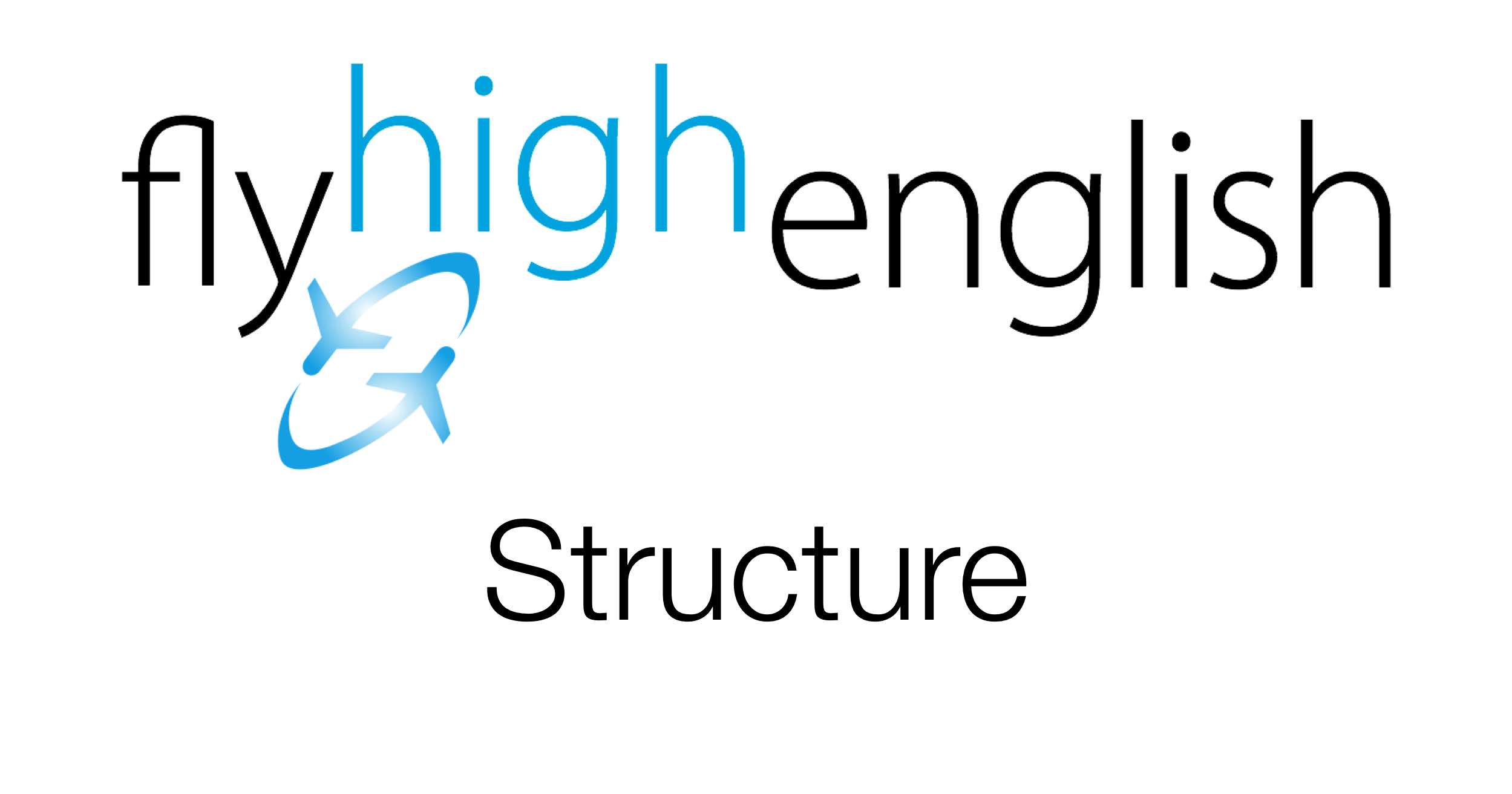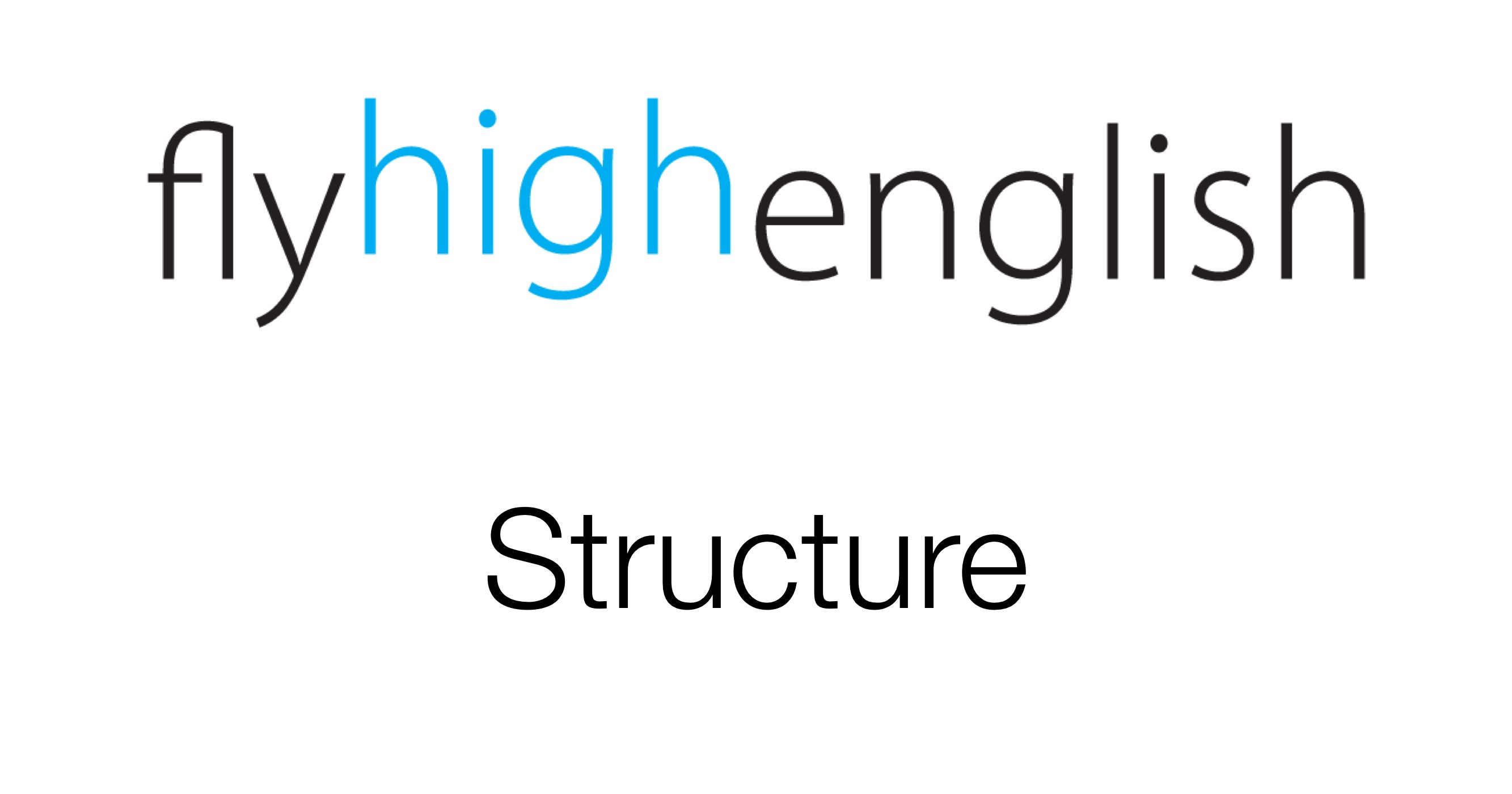
This week’s video describes some of the strange objects on the A320 and what they are used for. Watch the video to find out what they are, and what they’re used for.
Try to answer the following questions about the video and come back on Monday for the answers.
Suggested ICAO level for video: 5+
- What’s the purpose of the triangles on the inside of the passenger cabin?
- What’s the purpose of the curved metal object which sits on the wing?
- Why doesn’t the A321 have this object?
Follow us on twitter here, Facebook here or Google+ here for more great content!
Have a great weekend!
MYSTERIOUS OBJECTS on AIRBUS A320 explained by “CAPTAIN” Joe
INSTAGRAM FLYWITHCAPTAINJOE: https://goo.gl/TToDlg MY WEBSITE: https://goo.gl/KGTSWK ►STAY INFORMED: https://goo.gl/ByheuP ◄ NEW FACEBOOK PAGE: https://goo.gl/heUKGb ——————————— ▼▼My FLIGHT-KIT I highly recommend for you guys▼▼ MY HEADSET: https://amzn.to/2CrTrzz MY SUNGLASSES: https://amzn.to/2VY6FNo MY PILOT BAG: https://amzn.to/2DiWKux Company iPad: https://amzn.to/2W1zM2n ▼▼The VIDEO EQUIPMENT I use in my studio and outdoors▼▼ MY CAMERA: https://amzn.to/2T1VK3g LIGHTING: https://amzn.to/2szSRv4 IN-FLIGHT RECORDINGS: https://amzn.to/2VY7A0g ———————————- Dear friends and followers, today´s video will be about two strange and mysterious objects you most certainly have seen on your last flight with an Airbus A320.





